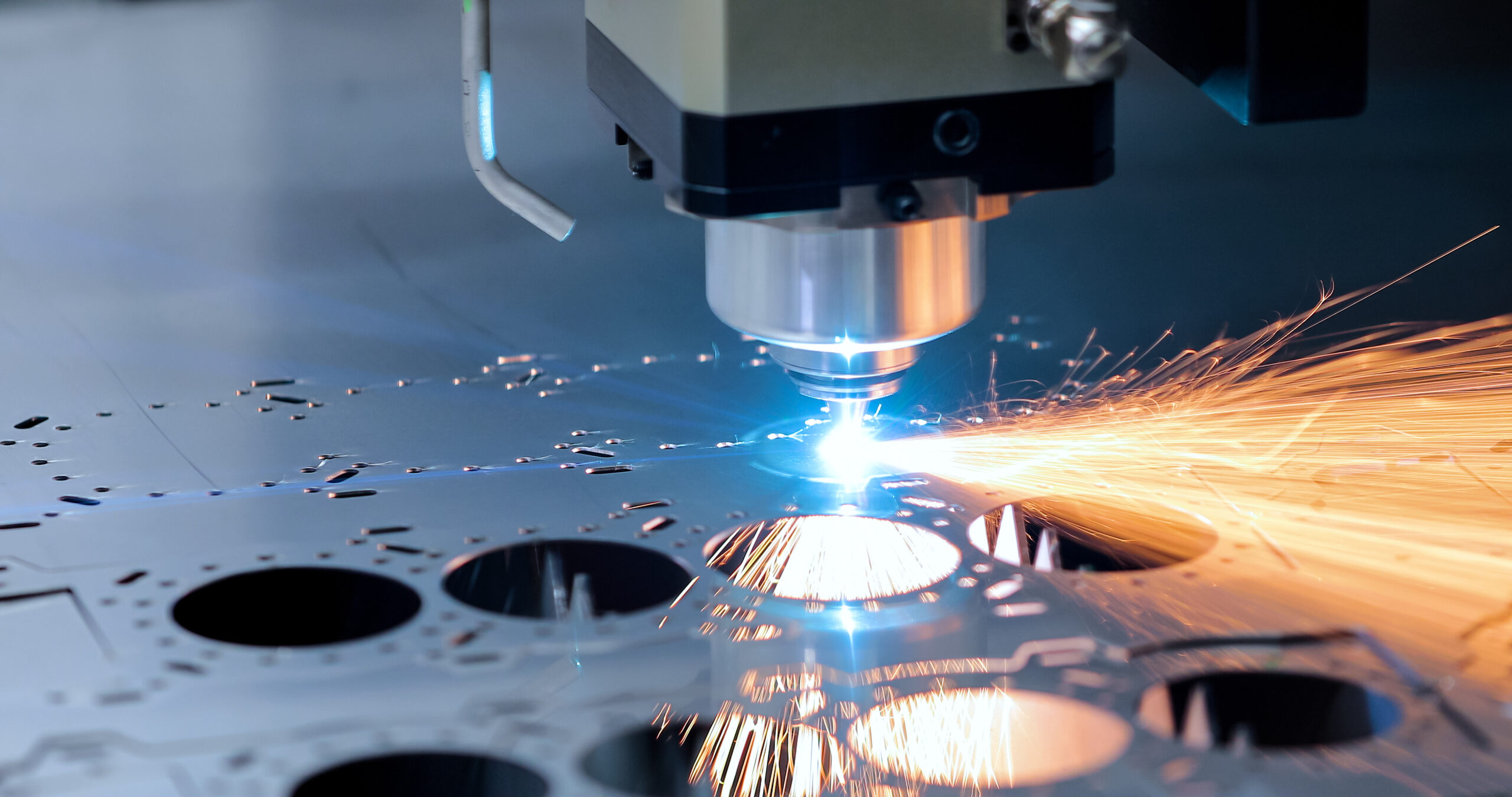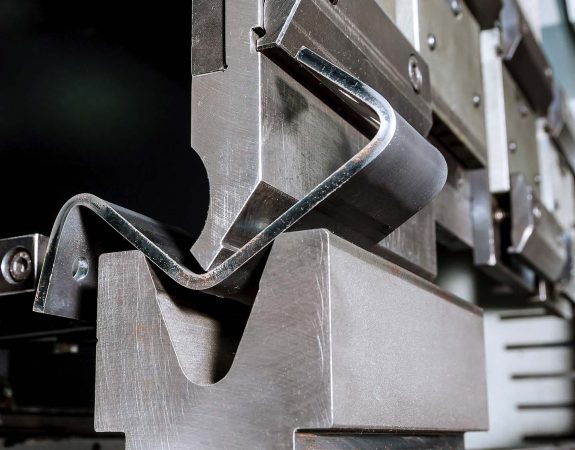-
内容目录
Okay, I need to create a comprehensive article about sheet metal fabrication. Let me start by understanding what the user is asking for. They want a 1000-word article structured with clear headings, engaging subheadings, examples, case studies, stats, and lists. The conclusion should tie everything together. Also, they specified using heading tags and wrapping paragraphs in
tags.
First, I’ll outline the main sections. The introduction should define sheet metal fabrication and its importance. Then, maybe break down the process into steps. Common techniques like cutting, bending, forming, joining. Materials used. Applications in different industries. Case studies would be good here. Challenges and innovations. Then a conclusion.
Wait, the user mentioned examples and case studies. I need to think of real-world examples. Maybe mention industries like automotive, aerospace, construction. For case studies, perhaps a specific company or project that utilized sheet metal fabrication effectively. Also, include statistics about the market size or growth to add credibility.
Materials section: list common metals like steel, aluminum, copper, maybe some alloys. Explain why each is used. For techniques, cutting could include laser, plasma, waterjet. Bending with press brakes. Joining methods like welding, riveting. Each of these can be a subheading under the main techniques section.
Applications: automotive parts, HVAC systems, electronics enclosures. Maybe mention specific parts like car panels or ductwork. Case study example: Tesla using aluminum sheets for car bodies to reduce weight. Another case study could be HVAC installation in a large building.
Challenges and innovations: talk about precision requirements, material waste, cost issues. Then innovations like automation, 3D printing, sustainable practices. Maybe include a statistic about how automation reduces production time by a certain percentage.
Need to ensure each section has a heading with appropriate tags. Use H2 for main sections, H3 for subsections. Unordered lists for techniques, materials, applications. Make sure paragraphs are wrapped in
tags. Check for flow between sections to maintain readability.

Cnc milling machine. Processing and laser cutting for metal in the industrial. Motion blur. Industrial exhibition of machine tools.
Wait, the user wants the article to be informative and provide valuable insights. So I need to go beyond just definitions. Explain why each technique is chosen, pros and cons. Compare different methods. For example, laser cutting vs plasma cutting in terms of precision and cost.
Also, include safety considerations in fabrication processes. Maybe under challenges. Or discuss how technology improves safety with automation.
Statistics: maybe the global sheet metal market size, projected growth from a reliable source like Grand View Research or MarketsandMarkets. For example, “According to Grand View Research, the global sheet metal market was valued at USD 280 billion in 2022 and is expected to grow at a CAGR of 4.5% from 2023 to 2030.”
Case studies: perhaps Boeing using titanium sheets for aircraft parts, highlighting strength and weight savings. Another example could be a construction project using stainless steel for architectural elements due to corrosion resistance.
Need to ensure that each example ties back to the main points. Avoid going off-topic. Keep paragraphs concise. Use lists to break down complex information, like steps in the fabrication process or types of materials.
Check for technical terms and define them if necessary. The audience might be industry professionals or those new to the field, so balance between depth and accessibility.
Conclusion should summarize key points: definition, process steps, techniques, materials, applications, challenges, and future trends. Emphasize the importance of sheet metal fabrication in modern manufacturing.
Now, structure the article with headings:
– Introduction (H2)
– What is Sheet Metal Fabrication? (H2)
– The Sheet Metal Fabrication Process (H2 with H3 subheadings for each step)
– Common Techniques in Sheet Metal Fabrication (H2 with H3 for each technique)
– Materials Used in Sheet Metal Fabrication (H2 with list)
– Applications Across Industries (H2 with H3 for each industry)
– Case Studies (H2 with examples)
– Challenges and Innovations (H2 with H3 for challenges and innovations)
– Conclusion (H2)
Make sure each section flows logically. Use transition sentences between paragraphs. Check for grammar and clarity. Ensure all user requirements are met, including formatting with proper tags.
“`html
What Is Sheet Metal Fabrication?
Sheet metal fabrication is a cornerstone of modern manufacturing, enabling the creation of everything from automotive parts to aerospace components and household appliances. This process involves transforming flat sheets of metal into functional or decorative structures through cutting, bending, shaping, and assembling. With applications spanning industries, sheet metal fabrication combines artistry with engineering precision to meet the demands of today’s complex designs.
The Basics of Sheet Metal Fabrication
At its core, sheet metal fabrication refers to the process of manipulating thin, flat metal sheets (typically ranging from 0.006 to 0.25 inches thick) into desired shapes. The metal sheets used can be aluminum, steel, stainless steel, copper, or brass, depending on the project’s requirements. Fabricators use specialized tools and machinery to cut, bend, punch, and join these sheets into components used in machinery, infrastructure, and consumer products.
The Sheet Metal Fabrication Process: Step by Step
The fabrication process typically follows these stages:
- Design and Prototyping: Engineers create CAD (Computer-Aided Design) models to visualize the final product and identify potential issues.
- Material Selection: Choosing the right metal based on factors like strength, corrosion resistance, and cost.
- Cutting: Using lasers, plasma torches, or waterjets to cut the sheet into specific shapes.
- Forming: Bending or stamping the metal using press brakes or dies to achieve angles and curves.
- Joining: Welding, riveting, or adhesives to assemble parts.
- Finishing: Surface treatments like powder coating or anodizing to enhance durability and aesthetics.
Common Techniques in Sheet Metal Fabrication
1. Cutting Technologies
Modern cutting methods include:
- Laser Cutting: High-precision, ideal for intricate designs (e.g., creating automotive brackets).
- Plasma Cutting: Cost-effective for thicker metals, commonly used in construction.
- Waterjet Cutting: Uses high-pressure water mixed with abrasives, perfect for heat-sensitive materials.
2. Bending and Forming
Press brakes with custom dies shape metal into V-bends or U-channels. For example, HVAC ductwork relies on precise bends to ensure airflow efficiency.
3. Joining Methods
Welding remains the gold standard for durability, while riveting is preferred in aerospace for lightweight assembly. Tesla’s Cybertruck, for instance, uses



